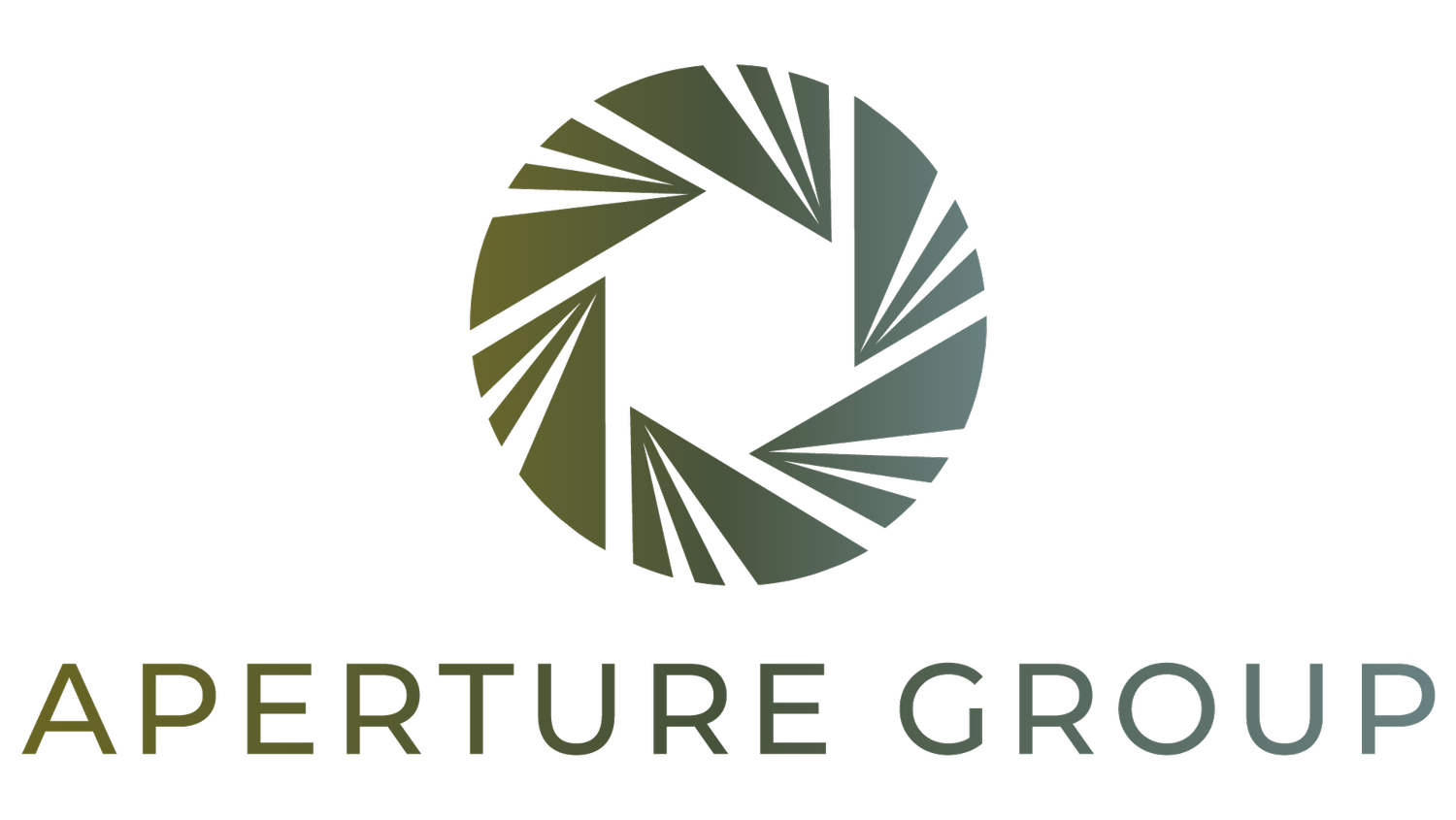Unlocking Efficiency
Navigating Business Automation in the Digital Age
In today's business climate, a common whisper amongst entrepreneurs and CEOs alike is, "How can I make my operations more efficient?" It's a question that, when answered, can lead to substantial savings, more streamlined processes, and a heightened ability to focus on core business strategies. At the heart of this quest is one word: automation.
Emerging from the shadowy land of buzzwords, automation is now a tangible, achievable reality for businesses of all scales and sectors. It's not just about cutting-edge robots working tirelessly in a warehouse or algorithms sorting through vast datasets at lightning speed. It's about embedding technology into the fabric of your business model in a manner that's both organic and strategic.
Imagine a painter with a palette. Traditionally, the artist would mix colors, ponder upon the perfect brush stroke, and often take a step back to admire or critique the work. In the modern scenario, automation doesn’t replace the artist but provides tools that enhance the creation process. Advanced brushes for precision, a palette that suggests complementing colors, or even a canvas that adjusts its texture based on the scene. The essence of art remains intact, but its execution becomes a dance between human ingenuity and technological prowess.
Join us in a deep dive into the art of business automation. We’ll work to unpack why automation matters, highlight common automation tools, and explore its diverse types. By the end, you'll have the insights you need to elevate your enterprise. Let’s begin!
The Quest for Automation: Why?
Before unpacking the 'how', let's first begin with the 'why'. Automating repetitive tasks means fewer hours spent on mundane activities and more time fostering creativity, innovation, and growth. The formula is simple: Automation = Increased Productivity + Cost Efficiency + Enhanced Accuracy.
Every evolutionary leap in business history has been driven by the pursuit of efficiency and effectiveness. In the era of industrialization, steam engines and assembly lines redefined production. Today, in our digital age, automation stands as the cornerstone of this evolutionary trajectory.
Global business process automation marketing is projected to exceed $19B by 2026, demonstrating the growing adoption of these technologies. It's not just about doing things faster, but smarter; not just about reducing labor but amplifying human potential.
Business leaders who recognize and embrace automation often find themselves ahead of the curve. They're navigating the market with a GPS while others might still be using a paper map. Automation allows them to foresee market trends, pivot rapidly in response to environmental shifts, and most importantly, offers a profound understanding of customer needs and preferences. It's a proactive approach, a transition from simply reacting to changes to predicting and even influencing them.
So how do we do it? How do we automate and ensure that our efforts pay off in these critical areas? Taking the first steps towards automating your business may seem daunting, but it often starts with a simple introspection. Begin by identifying repetitive tasks, processes that consume disproportionate amounts of time, or areas with frequent errors. These are your prime candidates for automation.
Consider this: 40% of workers dedicate at least a quarter of their work week to repetitive tasks that could be easily automated. For instance, if manual data entry is eating up hours of your team's day, introducing software that captures and organizes this data automatically can be a game-changer. It's all about recognizing the chokepoints and deploying technological solutions to alleviate them.
Furthermore, fostering an organizational culture that's receptive to automation is pivotal. As you tread this path, there will be learnings, adaptations, and sometimes, recalibrations. Ensure that your team understands the benefits — that automation isn't about replacing them but enhancing their roles, giving them the freedom to focus on more strategic, creative tasks. Regular training sessions, workshops, and feedback loops can make this transition smoother, paving the way for a harmonious coexistence of man and machine.
Toolkit for the Future: Tools of Business Automation
Another huge component in how to effectively automate in your industry is to identify and implement the right tools for your business. There are many tools out there to explore, in our experience though, there are a few key ones that tend to generate the greatest impact.
Enterprise Resource Planning (ERP) Systems: SAP and Oracle, for instance, integrate business processes such as finance, HR, and procurement into a single unified system.
Project Management Tools: Software solutions like Trello, Asana, and Basecamp help in automating task assignments, monitoring project progress, and facilitating team collaboration. With intuitive dashboards and integrative capabilities, these platforms ensure that projects are executed seamlessly.
Customer Relationship Management (CRM) Systems: Software like Salesforce and HubSpot manage customer interactions, providing insights that aid in driving sales and maintaining relationships.
Marketing Automation Tools: Platforms like Mailchimp and Marketo help in automating marketing campaigns, email communications, and even social media postings.
Chatbots and AI Customer Support: Tools like Intercom and Drift leverage artificial intelligence to provide immediate responses to customer queries, automate support ticket creation, and even guide users through a website or product. This reduces the waiting time for customers and ensures they receive timely assistance.
A Closer Look: The Four Types of Automation
As companies experiment increasingly with automation, it’s crucial to recognize that not all automation is created equally. The depth, flexibility, and integration levels can vary based on the specific needs and goals of a given company. To truly harness the potential of automation, one must first understand the different forms it can take.
Fixed Automation: Often called "hard automation", this refers to the use of specialized equipment to perform a specific set of tasks. The process is highly efficient for high-volume production but lacks the flexibility for modifications or adaptations.
Example: Think about a bottling plant, where thousands of identical bottles are filled, capped, and labeled every hour. The machinery is tailored for this sole purpose and any change, like a bottle size adjustment, would necessitate extensive equipment modifications.
Programmable Automation: In this setup, equipment is designed with the ability to be reprogrammed to accommodate different tasks or products. While it offers more flexibility than fixed automation, changing its operation can be time-consuming and is typically reserved for batch production processes.
Example: A factory producing seasonal items, like Christmas lights in December and then switching to producing garden lamps in spring. The same machinery can be reprogrammed and retooled to switch between products.
Flexible or Soft Automation: Characterized by its adaptability, this type of automation can swiftly transition between tasks without much downtime. It's particularly beneficial for environments with varied products but in low volumes.
Example: Robots in car assembly lines are a prime example. The same robotic arm that installs a car door in the morning might be programmed to fit a windshield in the afternoon, adapting to different tasks within the production of a single vehicle.
Integrated Automation: The pinnacle of automation sophistication, integrated automation refers to a comprehensive system where several production processes are interlinked and coordinated automatically. This type encompasses both information flow and the physical production process.
Example: Modern smart factories are a testament to this. Systems monitor inventory levels, order parts when supplies run low, adjust production rates based on demand forecasts, and even conduct quality checks — all orchestrated seamlessly without human intervention.
Walking the Tightrope: Balancing Automation with Human Touch
While automation is revolutionary, a personal touch is irreplaceable. It's essential to strike a balance. Chatbots, for example, can handle customer queries efficiently, but sometimes human intervention is still required to understand complex issues or just to provide a comforting presence. While automation propels businesses into the future, we must remember that its application should be thoughtful and judicious. Every process doesn't necessarily benefit from automation; sometimes, the human touch, intuition, or expertise cannot be replicated by even the most sophisticated systems. The most successful businesses seamlessly intertwine automation with areas that require a more personal, human approach. It's about optimizing rather than completely replacing.
Concluding Thoughts
In this digital age, standing still means moving backward. Automation isn't just a luxury; it's a necessity. By understanding its nuances, you arm your business with a competitive edge. Simultaneously, people will always deeply value empathy, understanding, and personal attention – Qualities no machine or system can fully emulate. The art of automation lines not just in implementing technology effectively but knowing where to draw the line. The businesses that can strike that balance most effectively will be the ones who best seize and shape the future of their industries.






